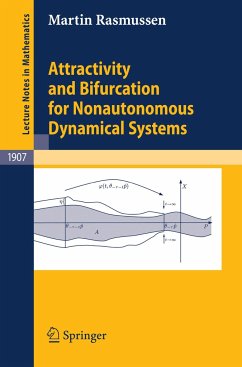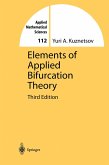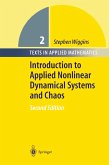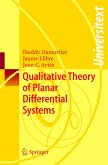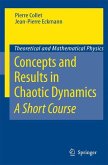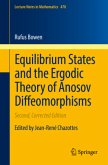Although, bifurcation theory of equations with autonomous and periodic time dependence is a major object of research in the study of dynamical systems since decades, the notion of a nonautonomous bifurcation is not yet established. In this book, two different approaches are developed which are based on special definitions of local attractivity and repulsivity. It is shown that these notions lead to nonautonomous Morse decompositions, which are useful to describe the global asymptotic behavior of systems on compact phase spaces. Furthermore, methods from the qualitative theory for linear and nonlinear systems are derived, and nonautonomous counterparts of the classical one-dimensional autonomous bifurcation patterns are developed.
From the reviews:
"In this volume the reader will find a theory of breakdown of stability and a theory of transition for a one-parameter family of nonautonomous dynamical systems. ... This book presents a wealth of interesting theoretical concepts, which will certainly be important in the further development of the theory of breakdown of stability and of transition for nonautonomous dynamical systems." (Russell A. Johnson, Mathematical Reviews, Issue 2008 k)
"In this volume the reader will find a theory of breakdown of stability and a theory of transition for a one-parameter family of nonautonomous dynamical systems. ... This book presents a wealth of interesting theoretical concepts, which will certainly be important in the further development of the theory of breakdown of stability and of transition for nonautonomous dynamical systems." (Russell A. Johnson, Mathematical Reviews, Issue 2008 k)

